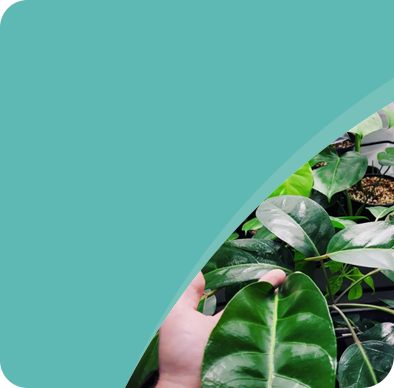
Note: I’m jumping ahead a little on this one. Sometimes we forget the importance of the little things and sometimes changes in our understanding of science and technology move forward. So, as I’m personally researching it I thought I may as well blog about it. My understanding may not be as correct as I think, so please submit comments if you feel I have written something incorrectly. I will also keep the topic live, and as my study opens my understanding even further, I will continually edit this info/blog.
Nucleus:
The nucleus is the ‘brain’ of the cell.

Looking at cells under a microscope, we find that the nucleus is the most easily identifiable component of a cell.
Unstained it is noticeable, but not as impressive.
In cytology, we soak the plant tissue in an Etoh base containing a dye, the dye most commonly used is leucofushsin and is DNA specific.
(See Fig. 1.1) The nuclear envelope is made of two membranes that contain the nucleus, the nuclear envelope has external pores that link the cytoplasm with the inside of the nucleus. The outer nuclear membrane is fully connected and flows with the endoplasmic reticulum.

Figure 1.1
The inner and outer membranes are approx. 20-40nm apart except for the formation of pores via fusion inside the envelope.
The nuclear pore on the outside of the envelope is approx. 30-100nm in diameter, they are surrounded by proteins that send information from the nucleus to other parts of the cell, these proteins are drawn in by the nucleus where they unite with ribosomal DNA which forms the subunit of the ribosome.
All subunits and RNA containing proteins that are made in the nucleus translocate via the cytosol and exit through the outer nuclear pores.
Cytosol is the semi-fluid layer between organelles.
Today’s geneticists/botanists are heavily dedicated to this section of biology and are constantly trying to find new information about the importance of the nucleus and how it can be interacted with to help further improve the gene pool we have available.
The need to understand cellular processing is of great significance to some. I hope this inspires you a little to get involved with botany or even grab a microscope and start looking at cells, it's truly amazing what you can see!
Until I learn some more, keep growing!
Image credits: quora.com
References: W.D Clarke (58) - R. Moore – R.C Clarke – C. Schultz




